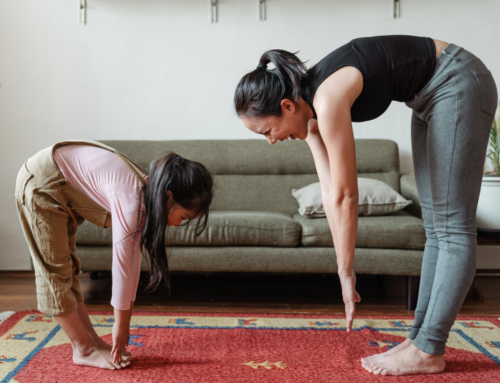The very term—gait disorders—brings to our minds the image of a wizened old man. Reduced mobility is the biggest issue that comes with the disorder, but that isn’t all. For people who suffer from gait disorders, the cognitive function, poor quality of living, repeated falls and injuries, and depression are all very real possibilities.
For the elderly—who are more at risk of gait disorders—all these additional issues become far greater a problem. For individuals with deteriorating health and the age factor to deal with, gait disorders are bad news.
Why Gait Disorders are Far More Troublesome for the Elderly
While gait disorders are doubtless going to be troublesome for anyone who has to deal with them, they’re far more of a bother for the elderly. The reason for this is simple enough: older people already have to deal with several other diseases and disorders. For anyone above 60, disorders such as arthritis, heart disease, Parkinson’s etc. are a greater occurrence than for someone younger.
While on its own these diseases might still be manageable (they aren’t, truth be told, if they are severe), they become far more debilitating when accompanied by gait disorders. It’s even worse if the elderly person is suffering from two movement disorders at the same time.
Limited Movement and Checked Flexibility 
The greatest issue with gait disorders, obviously, is all the problems it makes for the patient’s movement. Moving around independently becomes increasingly difficult, and it can be costly for them to afford full-time help. Eventually, all these disorders lead to far greater difficulties in daily lives, making even the most basic of daily tasks impossible to perform.
Age in itself is a big factor behind gait disorders. The nervous, cardio-respiratory, and nervous systems are affected as a result of aging and cell death. Other factors include mood, personality, cultural, and social problems.
One of the ways in which you can tell whether or not your senior loved one is suffering from a gait disorder is by observing the speed at which they’re walking. Walking might not look like such a complex task, but there’s a reason human babies take so long to learn how to walk: it requires both physical and cognitive exertion.
Your Options
Howsoever debilitating gait disorders might be, it’s completely possible to get treatment for them. Therapeutic, clinical, and surgical treatment options in combination can help greatly. Dr. Farzin Pedouim, a neurologist and movement disorder specialist in LA offers all three, and you can get in touch with him here.






